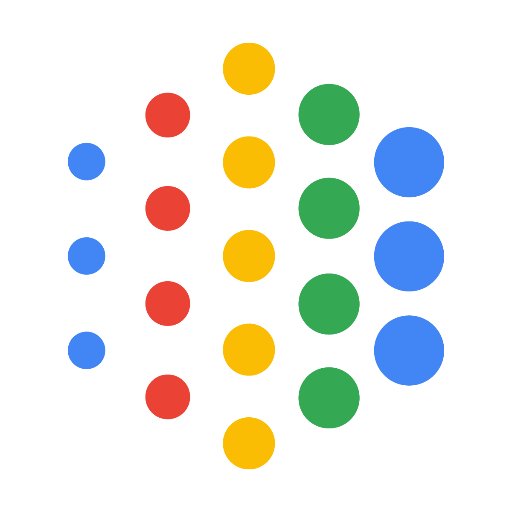
A collection of Courses, bookmarks, resources, articles for Machine Learning Beginners.
exercises from "Introduction to TensorFlow for Artificial Intelligence, Machine Learning, and Deep Learning"
Feel free to add something interesting by pull request.
| Site | Course Name | Time | Status | Difficulty |
|---|---|---|---|---|
 |
Tensorflow for Deep Learning | 2 Months | OnGoing | Intermediate |
 |
Applications of Deep Neural Networks | 6 Months | OnGoing | Intermediate |
 |
Intro to Machine Learning | 10 weeks | OnGoing | Intermediate |
| HackerRank | Liner Alegbra | Variable | To Do | Variable |
 |
Machine Learning by GIT | 4 Months | To Do | Intermediate |
 |
Machine Learning Unsupervised by GIT | 4 Months | To Do | Intermediate |
 |
Artificial Intelligence by GIT | 4 Months | To Do | Intermediate |
 |
Reinforcement Learning by GIT | 4 Months | To Do | Advanced |
 |
Deep Learning Visual Exploration | 3 hours | To Do | Beginner |
 |
Deep Learning using Keras | 3 hours | To Do | Beginner |
 |
Machine Learning using SciKit | 1 hours | Done | Beginner |
| Introduction to TensorFlow for Artificial Intelligence, Machine Learning, and Deep Learning | 4 weeks | To Do | Intermediate | |
| Convolutional Neural Networks in TensorFlow | 4 weeks | To Do | Intermediate |






